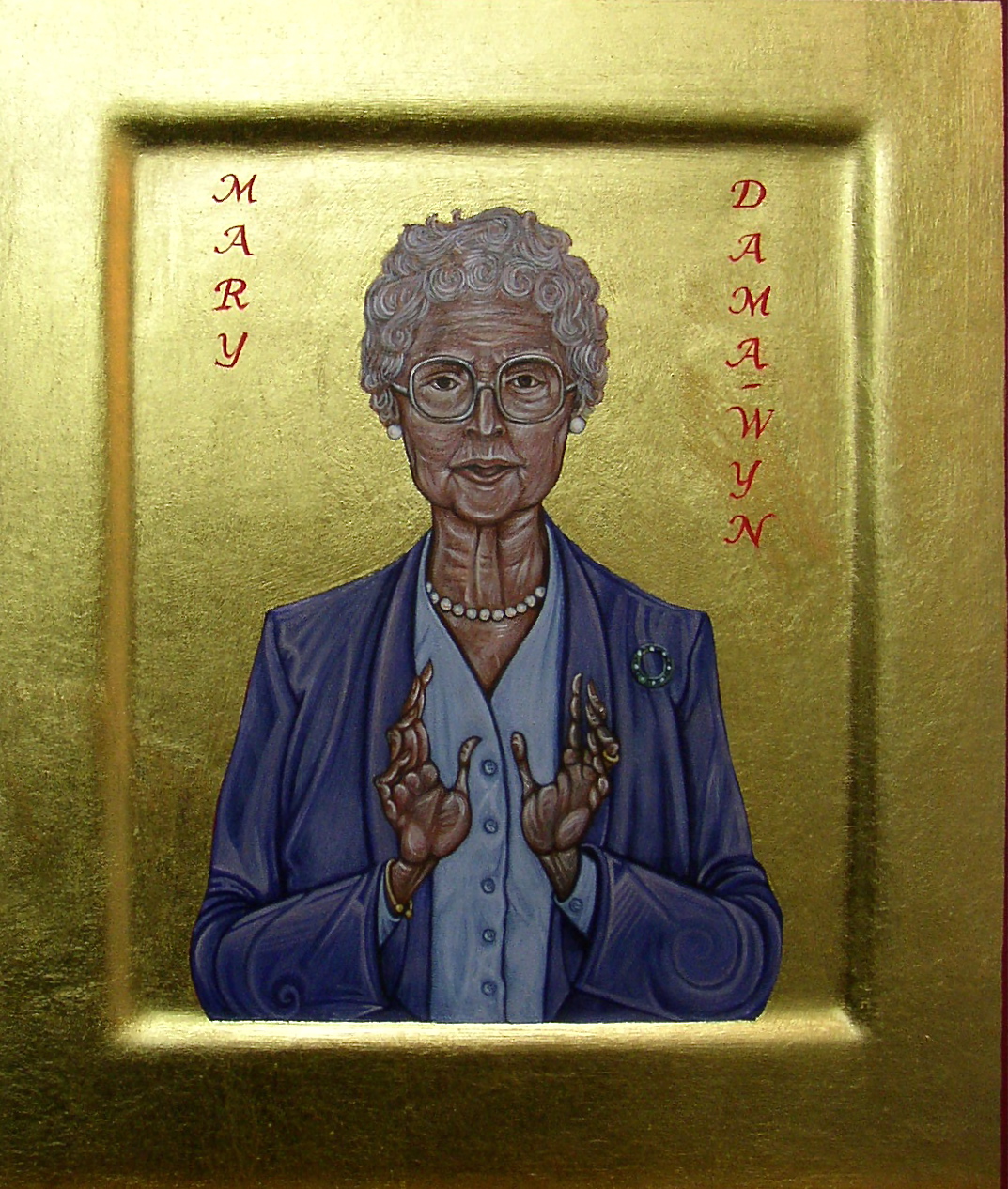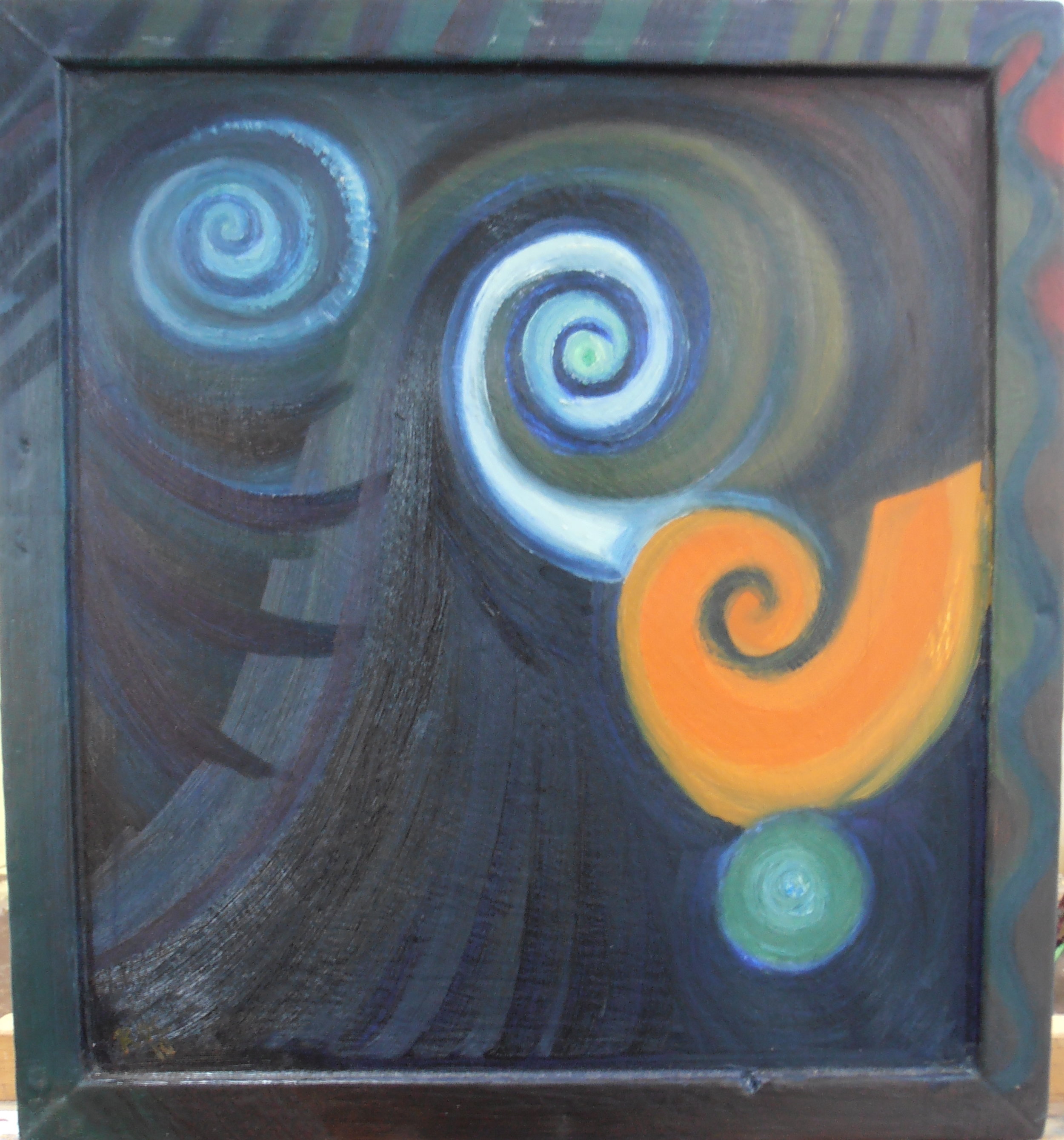We are all star people! Recently I completed a commission for a priest who had moved parishes. To celebrate his time in his previous parish he asked that I write an icon depicting five people from his church. The five were chosen for different reasons but all had played an important part in his ministry and spiritual journey. When he commissioned me he said he had been inspired by the 3 Mothers triptych I had written for the Bishop of London. He especially liked the table cloth decorated with numerous stars.
Stars have appeared in my work for many years mostly as symbols of hope and in the case of the 3 Mothers and this new commission as a symbol of the many descendants of Abraham. "Look towards heaven and count the stars, if you are able to count them..... So shall your descendants be."(Genesis 15: 5).
But it was while working on this commission that I began to reflect on the interconnectedness of our lives with the world and the universe. I couldn't help but be philosophical as I sat painting star after star and the connecting lines between them. It took hours of work but after awhile it became quite a prayerful process. I remember feeling the same many years ago when I was working on a series of paintings influenced by the artist Victor Vasarely. My mother thought I was going mad at the time because for months I sat painting grids and squares. I loved it!
After I had finished the stars on this table cloth I reflected on my work. The stars appeared to support the five people who sat around the table like they were being held up by the universe. The five were not masters of the universe but rather instrumental parts of it. One couldn't exist without the other. I discussed this observation of mine with a friend thinking he would find it a little way out but contrary to my insecurities he didn't. Instead he agreed and was able to put what I was thinking in a more scientific way. As he understood the science, all the carbon atoms in the universe, which are of course essential to all living things, had to have been, and can only be forged in the extreme nuclear combustion present in stars, from the original element, hydrogen. From there carbon molecules, and a whole heap of the other elements were/are dissipated through the universe. In other words we are all made of star dust!
As a child living on a farm in New Zealand where there was no light pollution the stars at night would fill the sky causing me to marvel at their beauty. Wanting to be closer I would reach out to touch them. Today I still remember the feeling I had of wanting to be closer to the stars, to be one of them and perhaps one day this will be realized when at my end I become dust carried off by the wind back into the sky towards the heavens.
"For he knows of what we are made; he remembers that we are but dust. Our days are like the grass; we flourish like a flower of the field; when the wind goes over it, it is gone and its place will know it no more." Prayer of Committal. Common Worship.




